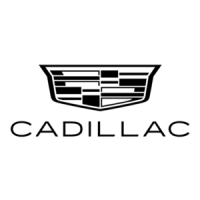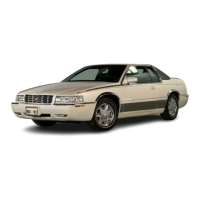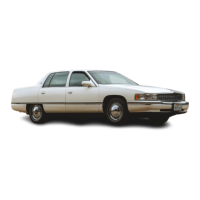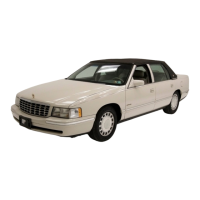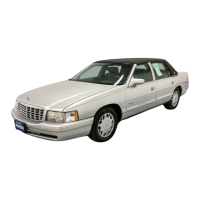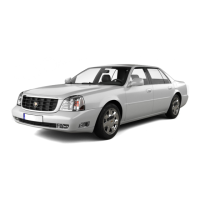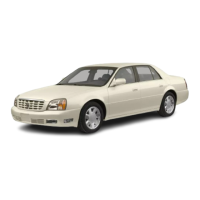OVERDRIVE
(a):
This
position is for normal driving.
If
you need more power for passing, and you’re:
Going less than
35
mph
(55
kmk),
push the
accelerator pedal about halfway down.
Going about
35
mph
(55
kmh)
or more, push the
accelerator all the way down.
The transaxle will shift down to the next gear and
have more power.
.NOTICE:
If
your vehicle seems to start up rather slowly, or
if
it
doesn’t seem
to
shift gears as you accelerate,
something may be wrong with
a
transaxle system
sensor..
If
you drive very
far
that
way,
your
vehicle can be damaged.
So
if
this happens, have
your vehicle serviced right
away.
Until then, you
can use SECOND
(2)
when you are driving less
than
35
mph
(55
km/h)
and,OVERDRIVE
(a)
for
higher speeds.-
THIRD
(3):
This
position is
also.
used for
normal
driving, however, it offers more power and lower fuel
economy than
OVERDRIVE
(0).
Here are examples for using
THIRD
(3)
instead
of
OVERDRIVE
(0):
When
driving
on hilly, winding roads.
When towing a trailer,
so
there is less shifting
.
When
going
down a steep hill.
SECOND
(2):
This position gives you more power.
You
can use
SECOND
(2)
on hills. It ,can help control your
speed as you go down steep mountain roads, but then
you wbuld
also
want
to
use your brakes
off
and on.
between gears.
‘I
NOTICE:
~ ~~
Don’t
shift
into SECOND
(2)
unless you are going
slower than
65
mph
(105
km/h),
or
you can
damage your engine.
!
2-25
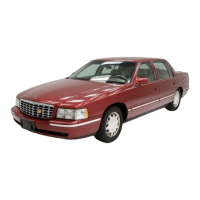
